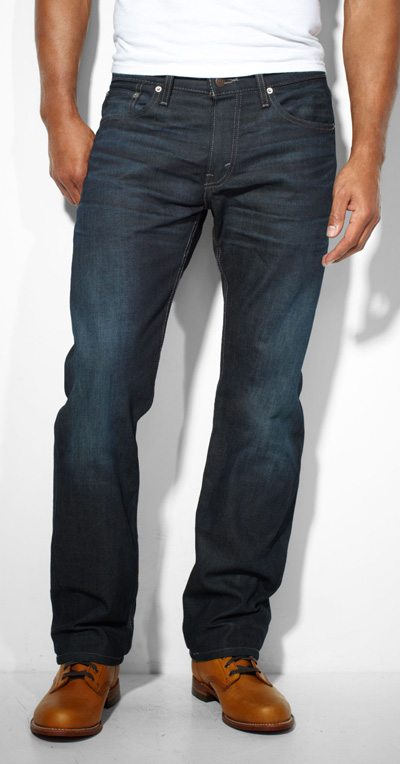….Low Rise….
….Slim Cut….
…..Loose Fit….
….High Rise….
For the casual shopper, these terms and inconsistencies gets frustrating fast.
Do you need a low-rise slim fit?
A high-rise relaxed fit? Bootcut, skinny, straight-leg?
And where do numbers come into it all?
It’s a mess!
But we’re here to help.
This guide gives a definition for all the major terms used to describe men’s denim trousers, as well as some hints on how to find the style that suits you best.
We’ll start with the easy part: finding your measurements.
Most jeans, unless you’re having them custom-made, will be sized by two measurements: waist and inseam.
- The waist measurement is the circumference, in inches, of the waistband of the pants — that inch-thick or so horizontal strip of cloth around the top. Wrap a tape measure around yourself where you want the waistband to sit. That’s your “waist” measurement, even if you’re wearing your jeans down on your hips.
- The inseam measurement starts in the center of the crotch (you’ll see the point where four seams all intersect in a kind of a cross-shape) and runs down the inside of the leg to the cuff. To find yours, measure from the place where your legs join down to the floor, standing barefoot. That’s about the inseam you want.
In addition to the listed numbers, a third measurement is often used to determine how the jeans are described:
- Rise is not usually listed on the tag, but many companies use the rise measurement to distinguish between “cuts” or styles of jeans. It’s the measurement from the center of the crotch (again, that middle point where all the seams come together) up to the center of the waistband, where the button usually sits. You won’t see it on tags unless you’re buying very specialized denim, but it does have an effect on terminology.


No comments:
Post a Comment